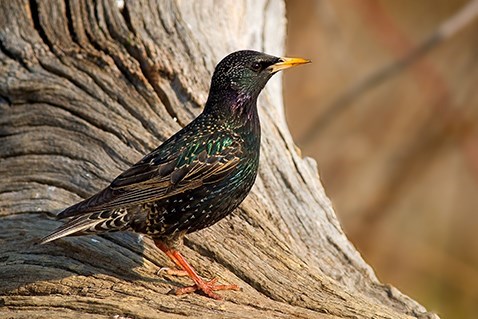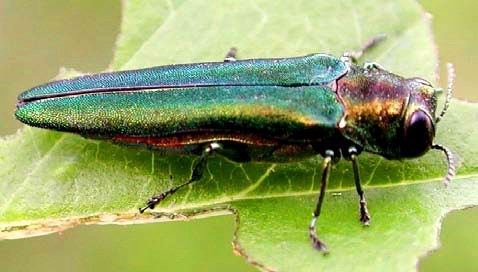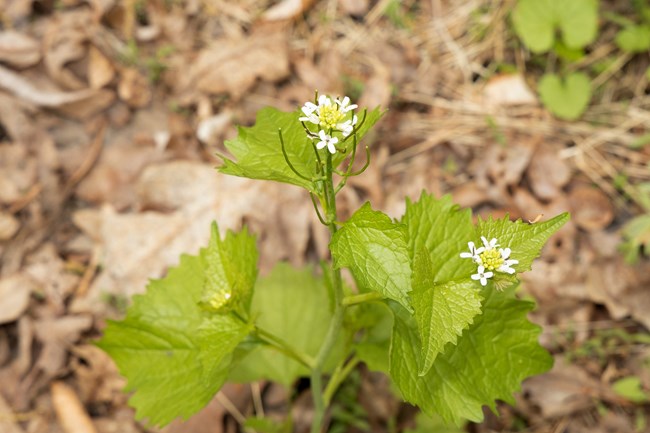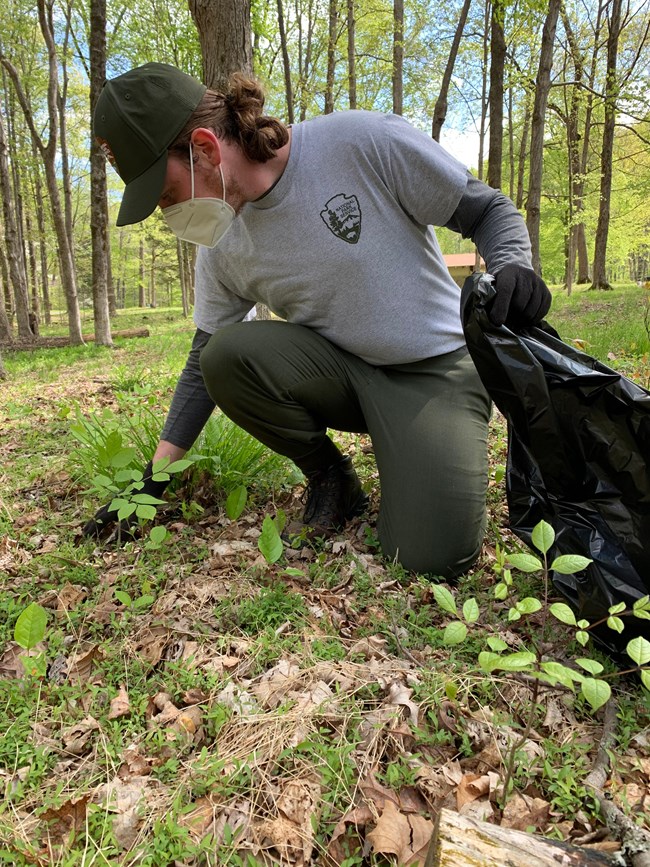|
Mammoth Cave National Park is home to a plethora of native plants and animals. The park is also known for its diversity of habitats and ecosystems. Alongside the native biota there are non-native and invasive plant and animal species that threaten the existence of these delicate native ecological habitats. 
NPS photo/Schmidt Where do Non-native Species Come From?Non-native species can be transported and introduced from one area to another from a variety of movement methods. Wind and water are often thought of as primary movers of seeds and spores, but humans can play a large role as well. Examples of Non-native Species Found in the Park
Photo by Leah Bauer AnimalsFeral cats Felis catus and domestic dogs Canis familiarisFeral house cats and dogs running loose in the park have been known to prey upon small animals that make the forests of the park their home, such as moles, voles, chipmunks, squirrels, and even birds and bats. The abandonment of cats and dogs within Mammoth Cave and other national parks has become an increasingly important issue that park resource managers and law enforcement are working to address. Wild boar Sus scrofaWild boar have been found in the park and removed by park scientists. These feral hogs can destroy native plant communities by rutting up large areas of the soil, while also breeding profusely. Park resource managers must be vigilant in capturing these exotic animals before they can destroy the local habitats and its inhabitants. Insects
Emerald ash borer Agrilus planipennisThe emerald ash borer (EAB) is a jewel beetle native to north-eastern Asia that feeds on ash species. EAB has recently been identified in the park, the impact of this species will kill most of the ash trees found in the park, consisting of the loss of thousands of individual ash trees. Since its discovery in the United States in 2002, EAB has killed millions of ash trees all over the eastern United States. Governments in North America are taking steps to control it by monitoring its spread, diversifying tree species, and using insecticides and biological control. FungusChestnut blight Cryphonectria parasiticaChestnut blight is a parasitic fungus that infects several tree species, such as the American chestnut, in North America and Europe. The fungus is native to Asia and was introduced in the early 1900s from the cultivation of trees for commercial purposes. It is estimated that the chestnut blight killed approximately 3.5 billion trees from the first half of the 20th century through 2013.In the past, some of the estimates of chestnut trees in certain areas the park’s forest were equal to approximately 25% of the forest canopy, today that number is closer to 0.5%. White-nose Syndrome Pseudogymnoascus destructansPseudogymnoascus destructans is a cold-loving fungus that causes the disease White-nose Syndrome (WNS) in bats. The fungus originates from the European continent and was unknown to North America until a bat infected with WNS was first discovered in New York in 2006. 
NPS Photo/ Deb Spillman PlantsOf the thousands of species of plants that take up residents within the boundaries of the park, over 170 species are considered non-native. Of those 170 species, over 100 are considered invasive and can take over an area very quickly and easily. Over 60 of these species are considered “significantly to seriously invasive” in the state of Kentucky. Japanese Chaff Flower Achryanthes japonicaFirst identified in Kentucky in 1981, this invasive plant from eastern Asia spreads quickly along riverbanks, roadsides, trails, and bottomland forests. The seeds of this plant attach easily to clothing and fur, allowing people and animals to spread them inadvertently.
|
Last updated: January 12, 2023

